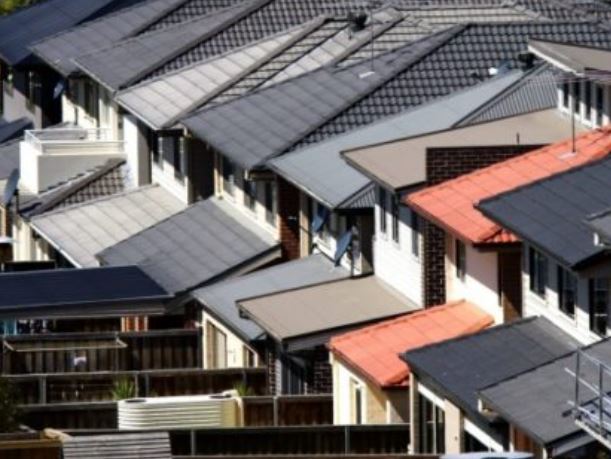
CoreLogic’s new data shows that as of January 10, the total number of houses for sale in Australian capital cities fell by nearly 18% year-on-year to close to 66,000. New listings (houses that had not previously advertised for sale within 75 days) increased by nearly 11% to close to 9,000. But this is almost entirely due to the 55% increase in the number of newly listed houses in Melbourne.
Since the resumption of house inspections and the relaxation of travel restrictions at the end of September, a large number of active sellers have poured into the market in Melbourne. In contrast, the number of new listings in Sydney in January fell 4.5% year-on-year, and the total number of listings fell 12%, slightly less than 13,000. As of January 10, the total number of houses for sale in Melbourne increased by 14% year-on-year to close to 20,000. Shane Oliver, chief economist at AMP Capital, said that in view of the fact that low interest rates and numerous government stimulus measures have led to very strong demand, the decline in the number of housing listings heralds rising housing prices.
He said, “Except for Melbourne, the lower number of listings is in line with the normal cyclical increase in prices, as seen in mid-2019, when prices started to rise and the auction clearance rate rose from the low listings.” A sign of price increases in the coming months.” Regarding the surge in listings in Melbourne, CoreLogic’s head of residential research, Eliza Owen, said that this is largely due to Melbourne’s relaxation of restrictions in the third and fourth phases after the second lockdown, and sellers are ready to “catch up.” Irving said, “After the restrictions were lifted in Melbourne, listings have skyrocketed… The number of newly listed houses on the market has increased from 2,000 to more than 8,000 per month, which is why the listings are so high.” She also said that financial pressure may It is a factor leading to the listing of some houses-Melbourne has the highest proportion of homeowners deferred repayment, but this accounts for only 4% of all housing loans.
Migration to rural areas A bigger factor is that, according to official data released in November, there is more population movement from Melbourne to rural areas than any other capital city. In addition, given that the pandemic is not over yet-as seen in the recent outbreak-the risk of further lockdown may encourage more Melburnians to sell properties.

https://www.afr.com/property/residential/property-listings-in-free-fall-in-every-capital-but-one-20210114-p56u2w
